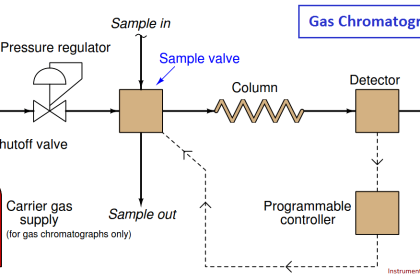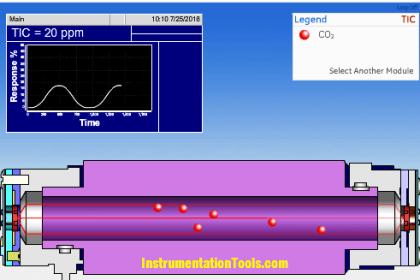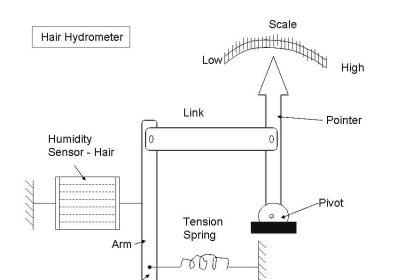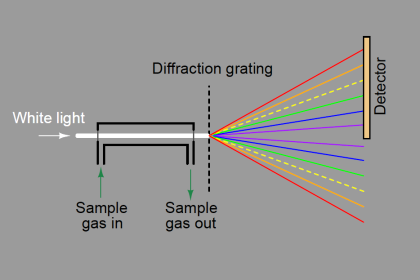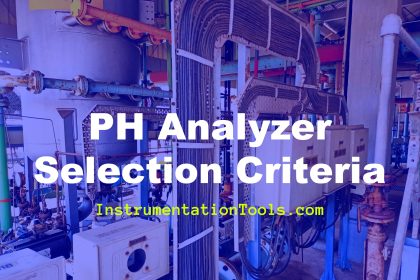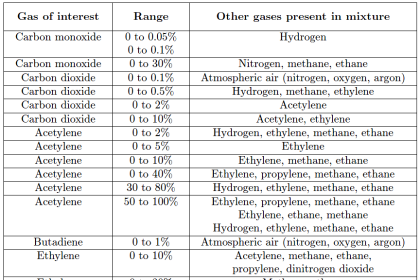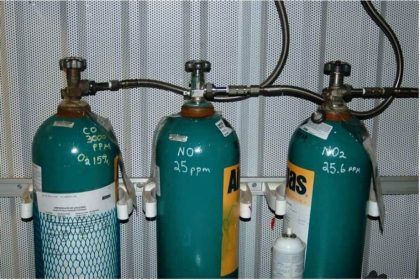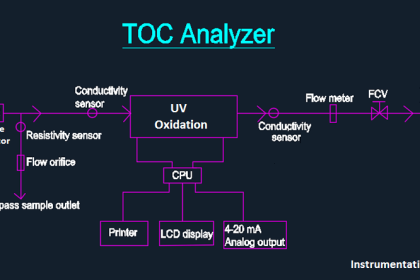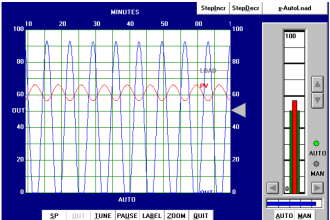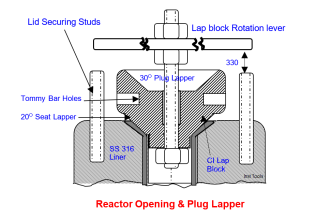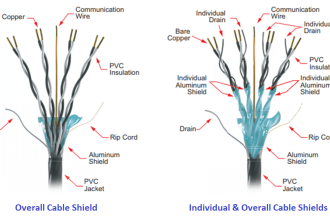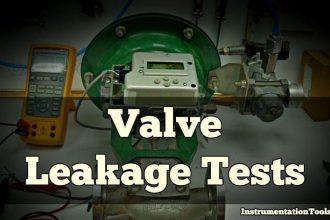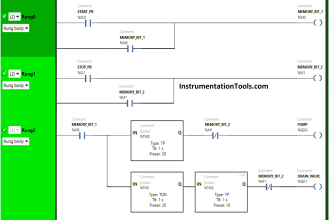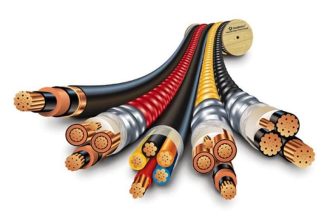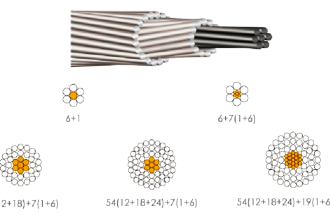Tunable Diode Laser (or TDL) measurements are based on absorption spectroscopy. The TruePeak Analyzer is a TDL system and operates by measuring the amount of laser light that is absorbed (lost) as it travels through the gas being measured.
In the simplest form a TDL analyzer consists of a laser that produces infrared light, optical lenses to focus the laser light through the gas to be measured and then on to a detector, the detector, and electronics that control the laser and translate the detector signal into a signal representing the gas concentration.
Gas molecules absorb light at specific colors, called absorption lines. This absorption follows Beers law.
Tunable Diode Laser Analyzers are mostly used for Oxygen measurement. We can use for other gases measurement also, principle will be same but design or components of analyzer may varies.
TDL Analyzers are effectively infrared analyzers which obey the BeerLambert Law.

where
I is the radiation intensity after absorption
I0 is the initial radiation intensity
E is the extinction coefficient
G is the gas concentration and
L is the path length of the measurement area
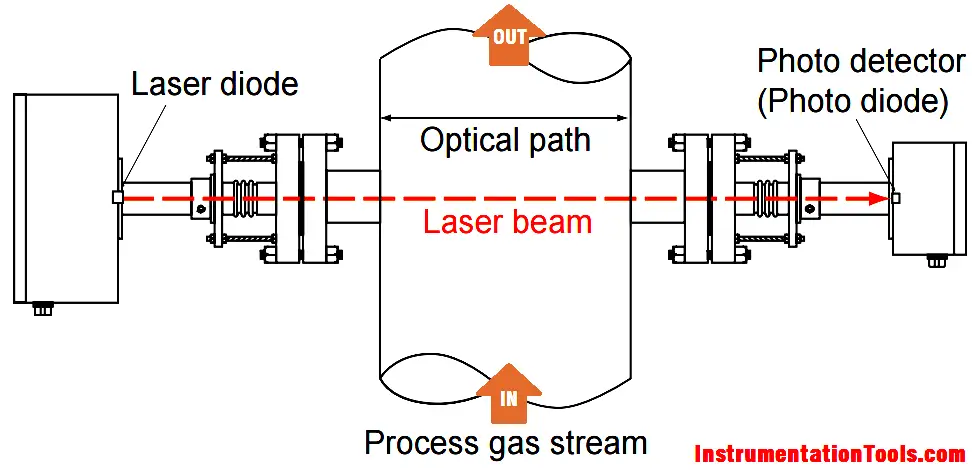
Advantages
• Capable of measuring a number of nearinfrared absorbing gases in difficult process applications.
• Capability of measuring at very high temperature, high pressures and under difficult conditions (corrosive, aggressive, high particulate service).
• Most applications are measured in-situ, reducing installation and maintenance costs.
• Most measurements are rapid (5 seconds) and interference free.
Drawbacks
• Initial installation for the mounting flange is required.
